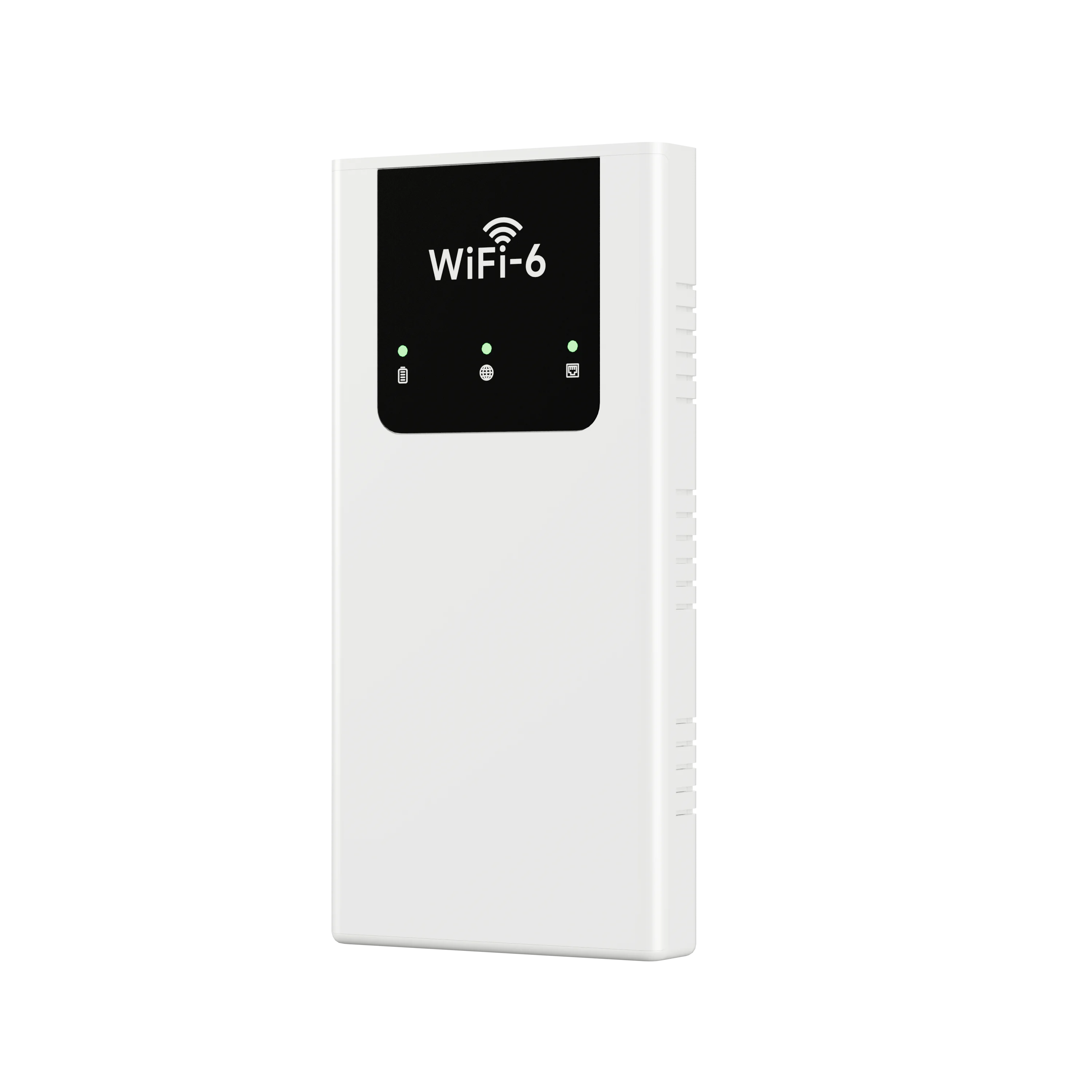Understanding Circuit Breakers: Can They Operate Without Relays?
In the realm of electrical engineering, circuit breakers and relays are pivotal components that ensure the safety and reliability of electrical systems. While both serve distinct functions, a common question arises: Can circuit breakers work without relays? This article delves into the intricacies of circuit breakers, their operational mechanisms, and the role of relays, providing a comprehensive understanding for professionals and enthusiasts alike.
The Functionality of Circuit Breakers
Circuit breakers are automatic switches designed to protect electrical circuits from overloads and short circuits. They function by interrupting the flow of electricity when a fault is detected, thereby preventing potential damage to equipment and reducing fire hazards. The primary types of circuit breakers include:
- Miniature Circuit Breakers (MCBs): These are used for low voltage applications and are sensitive to overloads.
- Residual Current Circuit Breakers (RCCBs): Designed to prevent electric shock by detecting earth faults.
- Air Circuit Breakers (ACBs): Suitable for high voltage applications, these breakers can handle significant current loads.
The Role of Relays in Electrical Systems
Relays are electromagnetic switches that control the operation of a circuit by opening or closing contacts in response to an electrical signal. They are essential in various applications, including automation, protection, and control systems. Relays can be classified into several types, such as:
- Electromechanical Relays (EMRs): Utilize electromagnetic coils to operate mechanical contacts.
- Solid State Relays (SSRs): Use semiconductor devices to switch circuits without moving parts.
Can Circuit Breakers Operate Without Relays?
To address the question, we must consider the operational context of circuit breakers. In many applications, circuit breakers can function independently without relays. They are designed with built-in mechanisms that detect fault conditions and trip the circuit automatically. For instance, MCBs and RCCBs have thermal and magnetic trip mechanisms that allow them to operate autonomously.
However, in more complex electrical systems, relays often play a crucial role in enhancing the functionality of circuit breakers. Here are several scenarios where relays complement circuit breakers:
- Coordination and Selectivity: In large electrical installations, multiple circuit breakers may be used in tandem. Relays help coordinate the operation of these breakers, ensuring that only the faulty section of the circuit is isolated while maintaining power to the rest of the system.
- Remote Control and Monitoring: In modern smart grids, relays enable remote operation and monitoring of circuit breakers. This capability is essential for managing electrical loads and responding to faults in real-time.
- Protection Schemes: Advanced protection schemes often utilize relays to provide additional layers of safety. For example, a relay can be programmed to trip a circuit breaker under specific conditions, such as phase imbalance or overcurrent situations that may not be detected by the breaker alone.
Conclusion
In summary, while circuit breakers can operate independently without relays, the integration of relays can significantly enhance their performance and reliability in complex electrical systems. Understanding the interplay between these components is crucial for electrical engineers and technicians tasked with designing and maintaining safe and efficient electrical installations.
